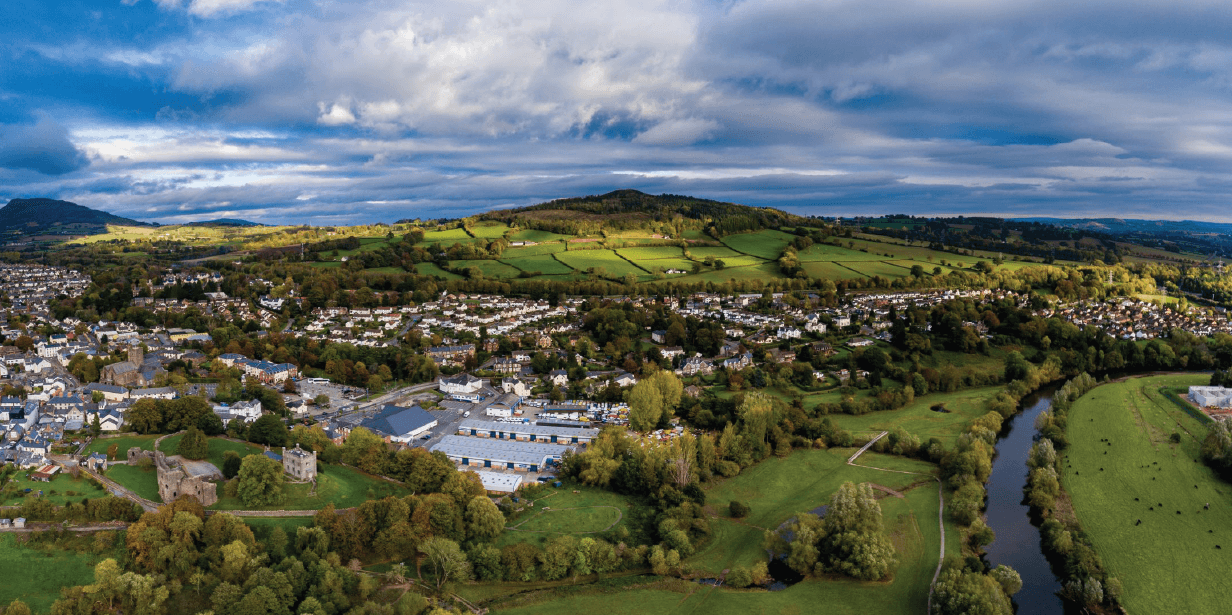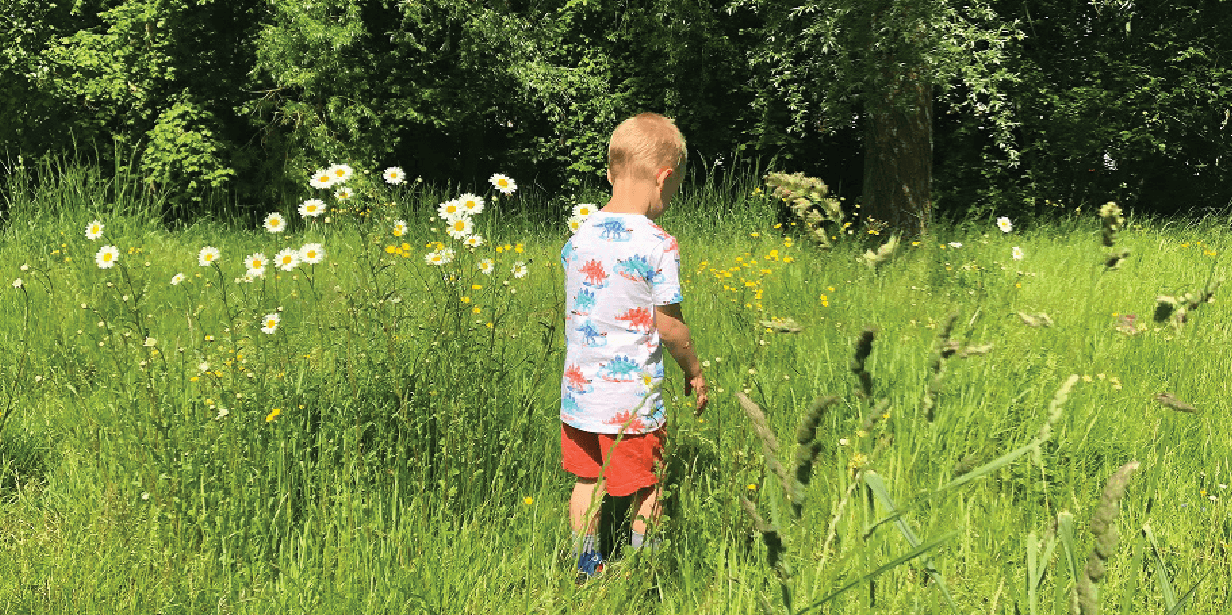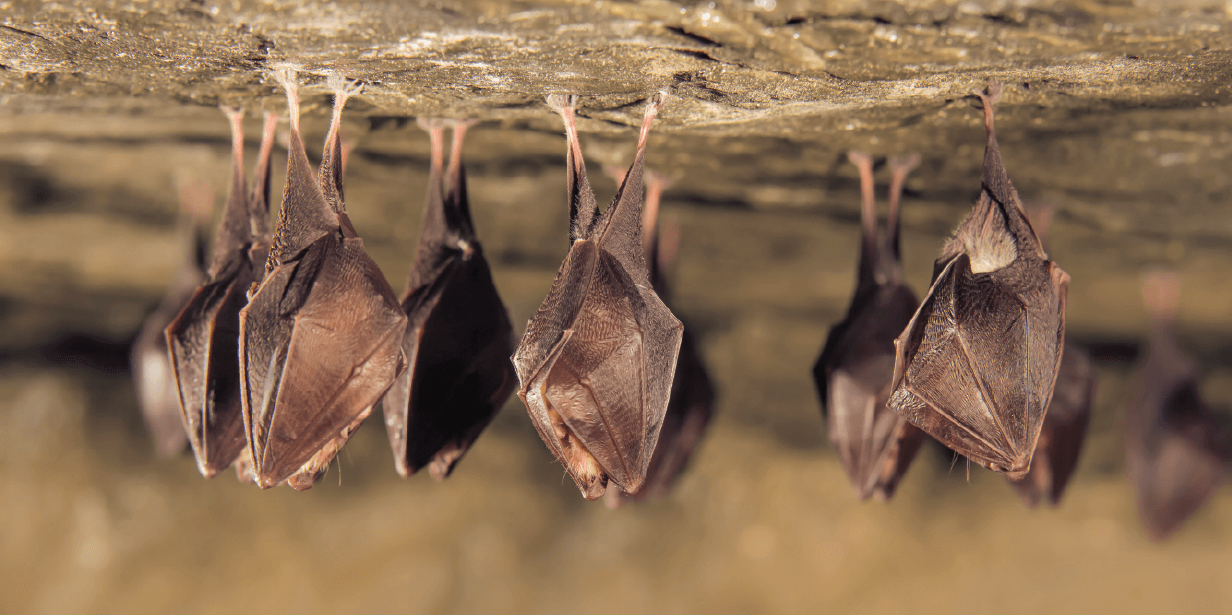Green Infrastructure Strategy
The Green Infrastructure Strategy sets out Monmouthshire’s approach to the delivery of green infrastructure in the County. It identifies a clear vision, aims, strategic objectives and associated principles to inform and contribute to a range of national, regional and local goals plans and objectives. It forms a delivery mechanism for Biodiversity and ecosystem resilience, supports ways of addressing health and well-being outcomes, identifies solutions for tackling climate change, supports active travel, public rights of way and provides the framework for partnership working through a GI approach. The original GI Strategy was published in 2019; it has been revised and updated with current policy and legislation in 2025.
Local Development Plan (LDP)
Green Infrastructure (GI) Supplementary Planning Guidance (SPG) 2015
The Green Infrastructure (GI) SPG supports Monmouthshire Local Development Plan policy on GI. It provides planning guidance to illustrate how embedding GI into new development can deliver quality of life benefits for communities and enhance the natural and historic environment. It helps guide the Council and applicants through initial pre-application discussions, the application process and the consideration of reserved matters and planning conditions relating to GI. It was highly commended in the Landscape institute awards 2016 and finalist in the Welsh RTPI awards 2017.
GI Management Guidelines
In support of the development management process and as a guide generally for project work, GI Management Guidelines have been produced to help maximise the benefits for biodiversity and people for future generations. Green Infrastructure Management Plans are being produced for each of our MonLife sites.
Green Infrastructure Action Plan for Pollinators South East Wales
The plan is the first of its kind and sets out how land owners can manage their property more effectively and work together to tackle the decline of bees and other pollinators. Delivered through collaboration between neighbouring councils, social landlords, emergency services, schools, land owners and other community groups. It outlines actions to encourage bees and other pollinating insects. These include cutting grass to different heights at different times of the year and the development of wild flower meadows or formal planting areas.
The Action Plan seeks to address the decline of pollinators throughout the study area by identifying baseline conditions, measures to benefit pollinators and the preparation of a series of management action plans. These are focused towards implementation on publicly owned areas of green infrastructure in order to encourage the spread of and raise awareness of the importance of pollinators for our health and wellbeing.
Complementary pollinator projects were completed across the collaboration. In Monmouthshire the Action Plan was complemented by the development of its pollinator garden at Usk, inspired by its new green infrastructure policy approach to development and management. It was winner of the President’s Award for Best Landscape Project, Landscape Institute Awards 2017.
Green Infrastructure action plan for pollinators in south east wales ( technical document)
Managing school grounds for pollinators – An introduction for Headteachers
Managing Residential area for Pollinators – an introduction for Estates
Managing Highway verges for Pollinators – An introduction for Highways
Managing Green Spaces for Pollinators – An introduction for Managers

Monmouthshire landscape has several designations to protect the unique historic and aesthetic features.

Discover more about the impact that climate change can have on our general well-being.

Find out more about the habitats and species of Monmouthshire and what we are doing to protect them.
This post is also available in: Welsh
